Choosing the right furniture is crucial for achieving comfort and support. Sofas, chairs, and beds should not only be aesthetically pleasing but also ergonomically designed to provide adequate support for the body. When selecting seating, factors such as cushion firmness, back support, and seat depth should be considered. A well-designed chair or sofa can reduce strain on the back and promote better posture, making a significant difference during long periods of sitting.
Mattresses play a vital role in ensuring restful sleep, which directly impacts comfort and support. A mattress that suits individual preferences in terms of firmness and material can lead to improved sleep quality. Memory foam mattresses, for example, contour to the body’s shape, providing personalized support that can alleviate pressure points. It is essential to test different mattress types to find the one that best meets personal comfort needs.
The layout of a room also contributes to comfort and support. An open and inviting layout can enhance the flow of movement and create a sense of spaciousness. Arranging furniture in a way that promotes conversation and interaction fosters a welcoming atmosphere. Ensuring that pathways are clear and that furniture is appropriately scaled for the space can prevent feelings of overcrowding, making the environment more comfortable.
Textiles and materials used in home decor significantly affect comfort levels. Soft fabrics such as cotton, linen, and wool can create a cozy atmosphere, while harder materials may feel less inviting. Layering different textures through cushions, throws, and rugs can enhance tactile comfort and visual interest. Choosing materials that are breathable and easy to clean also contributes to a more comfortable living environment.
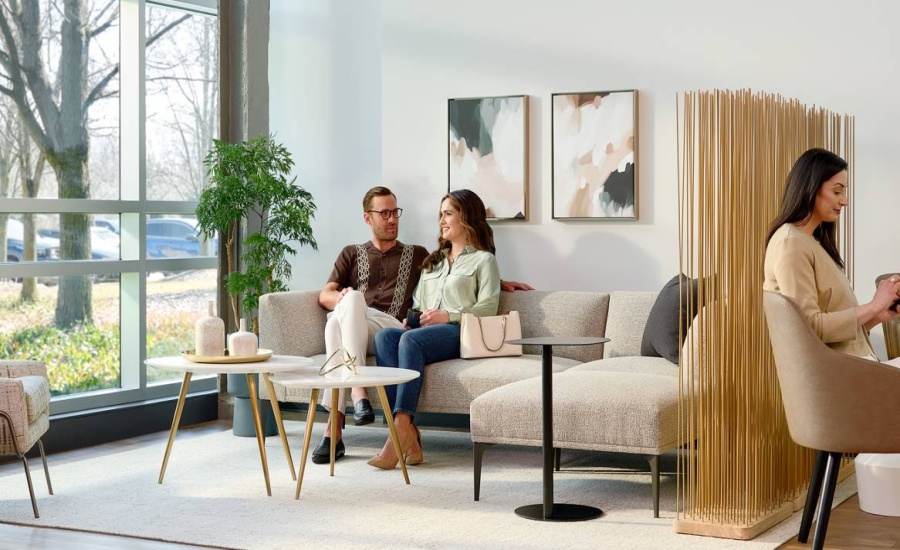
Lighting plays a crucial role in creating a comfortable home. Natural light can boost mood and energy levels, while soft, warm artificial lighting can create a relaxing ambiance. Adjustable lighting options, such as dimmers and lamps, allow homeowners to tailor the brightness to suit different activities and times of day. Thoughtful lighting design can enhance both comfort and functionality in any room.
Plants not only improve air quality but also create a calming atmosphere. Natural materials such as wood and stone can bring warmth and connection to the outdoors, contributing to a sense of well-being. Integrating these elements into the design can create a more harmonious and inviting space.
Personal preferences should guide choices related to comfort and support. Each individual has unique needs and tastes that influence what feels comfortable. Creating a mood board or collecting inspiration from various sources can help clarify personal style and preferences. This process encourages homeowners to select items that resonate with them, leading to a more satisfying and supportive living environment.
Comfort and support are fundamental aspects of home design that can greatly enhance quality of life. By focusing on the right furniture, thoughtful layout, suitable textiles, effective lighting, and personal preferences, homeowners can create spaces that promote relaxation, well-being, and satisfaction. A home that prioritizes comfort becomes a sanctuary, allowing individuals to unwind and thrive in their surroundings.

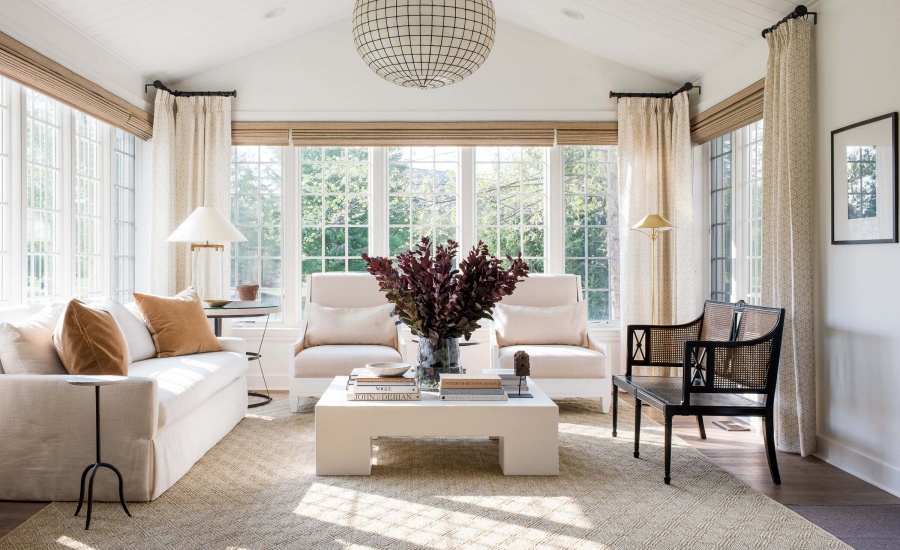

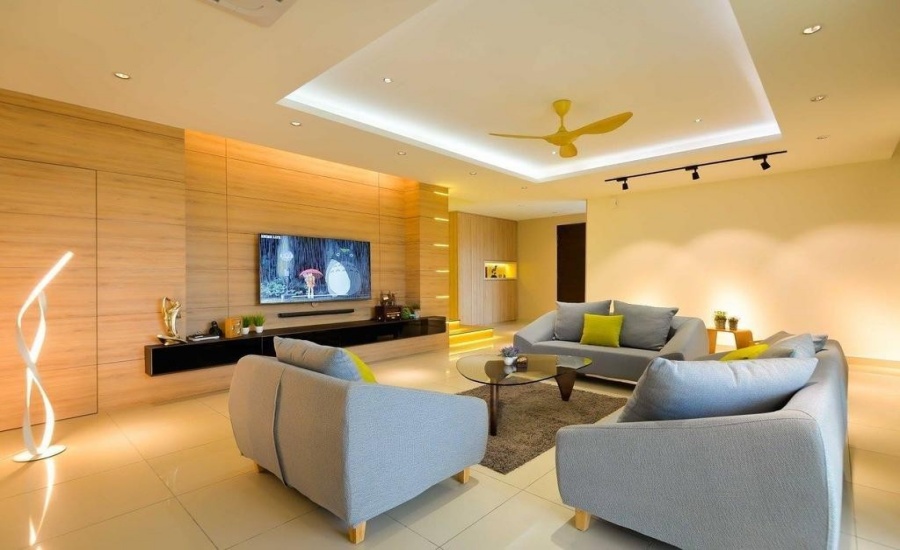
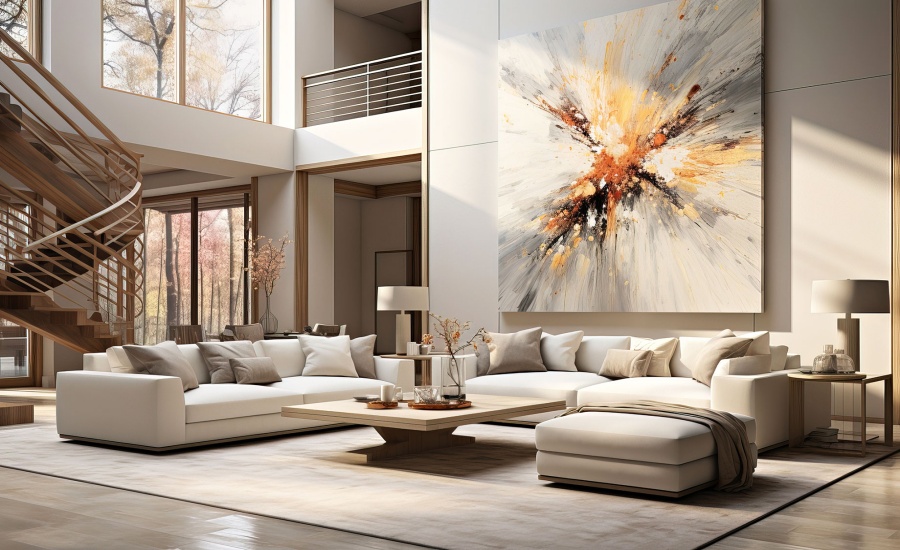
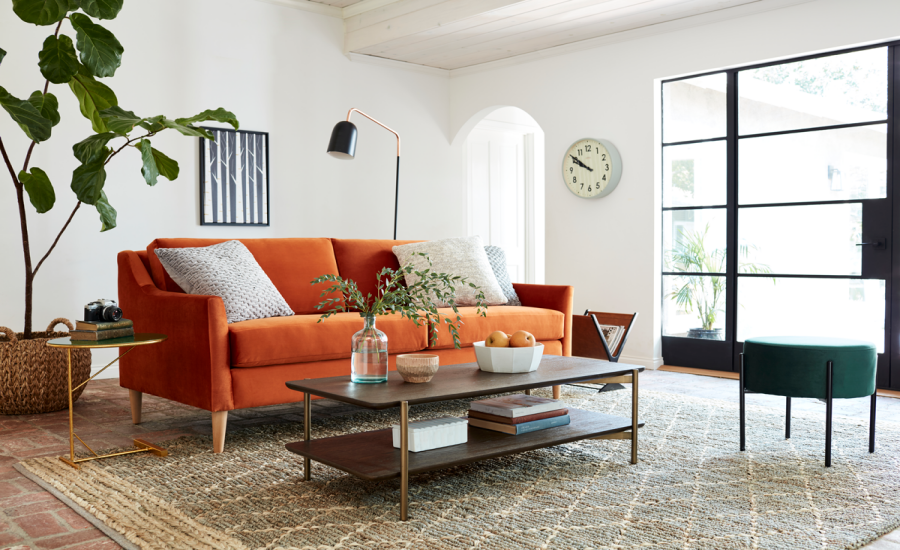

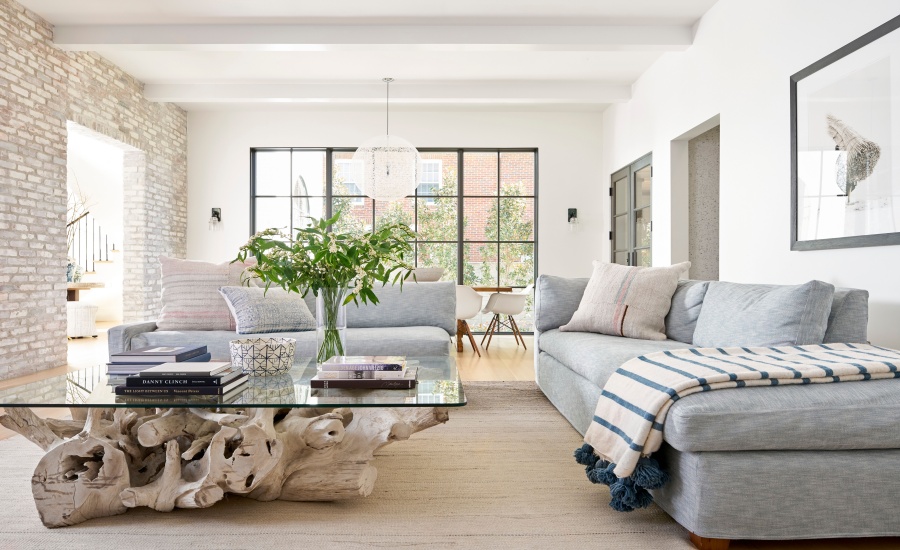

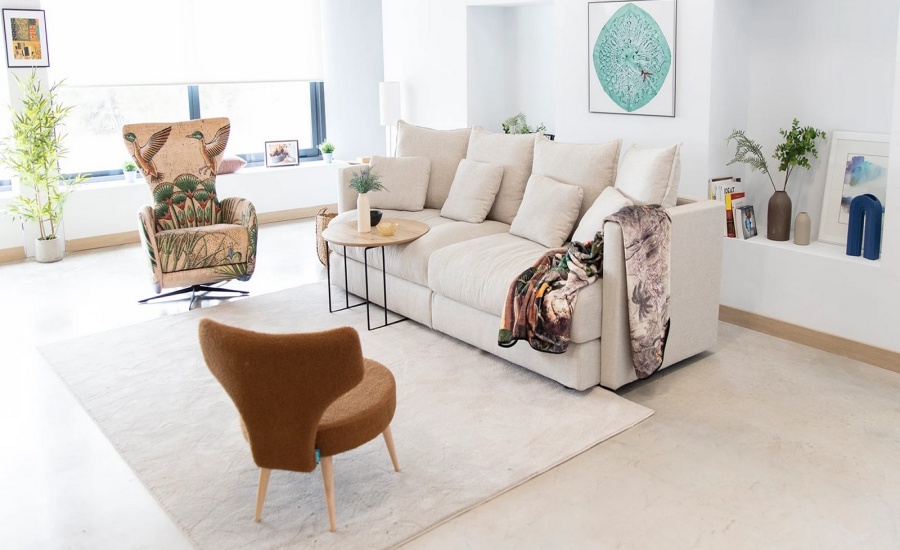
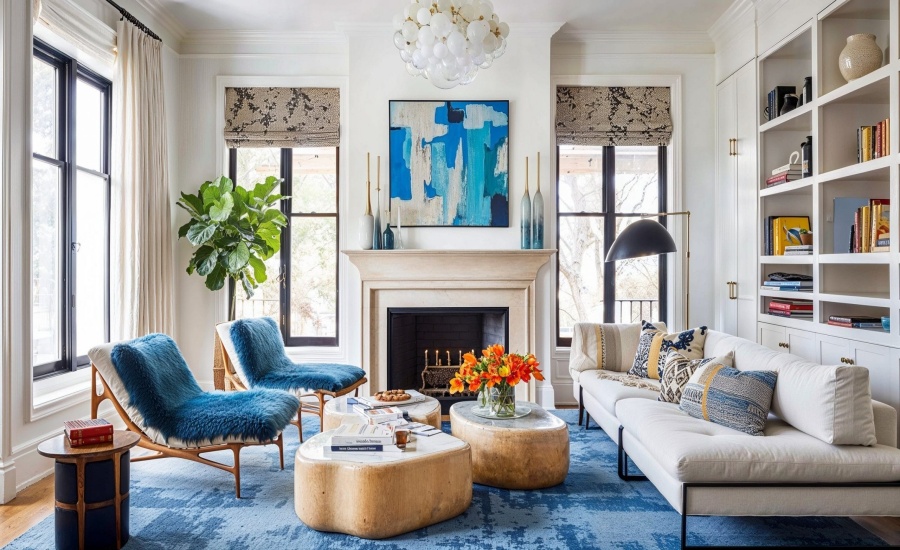
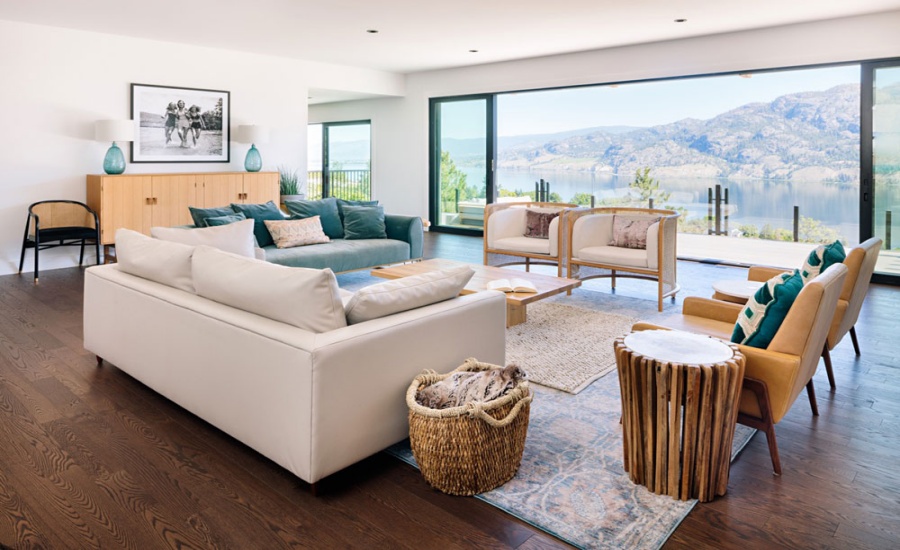
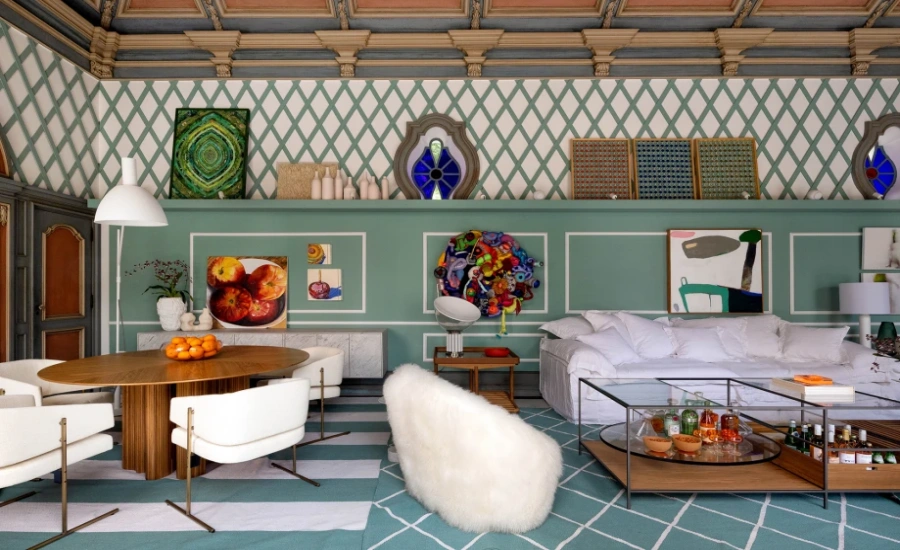
Leave a Reply